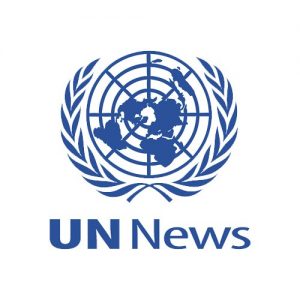What Are Debt Consolidation Loans?
Debt consolidation loans combine multiple debts into a single loan with one monthly payment. This approach simplifies finances by replacing various credit card balances, personal loans, or other unsecured debts with a new loan, often at a lower interest rate. Borrowers receive a lump sum to pay off existing debts, then repay the consolidation loan over a fixed term. This strategy works best for those with good credit scores who qualify for favorable rates. Lenders assess income, credit history, and debt-to-income ratio to determine eligibility and terms. The goal is to reduce overall interest costs and streamline budgeting.
Benefits and Considerations
Debt consolidation offers clear advantages for managing overwhelming debt. It lowers monthly payments through extended repayment periods and potentially reduced rates. A single payment reduces the risk of missed payments and late fees. Many loans provide fixed rates, offering payment stability despite economic changes. However, success depends on avoiding new debt accumulation during repayment.
Here are four key benefits:
Simplified payments: One monthly payment instead of multiple bills
Lower interest rates: Potential savings compared to high-interest credit cards
Fixed repayment terms: Predictable monthly amounts and end date
Improved credit score: Reduced credit utilization as debts get paid off
Before pursuing consolidation, compare lender offers, read terms carefully, and calculate long-term costs. The strategy shines when paired with budgeting discipline to prevent debt recurrence. Financial advisors recommend it for those committed to repayment rather than as a temporary fix. Ultimately, debt consolidation transforms complex debt situations into manageable plans, paving the way for financial recovery and stability. You can check our site for more info https://prombank.pl/.
Read More


